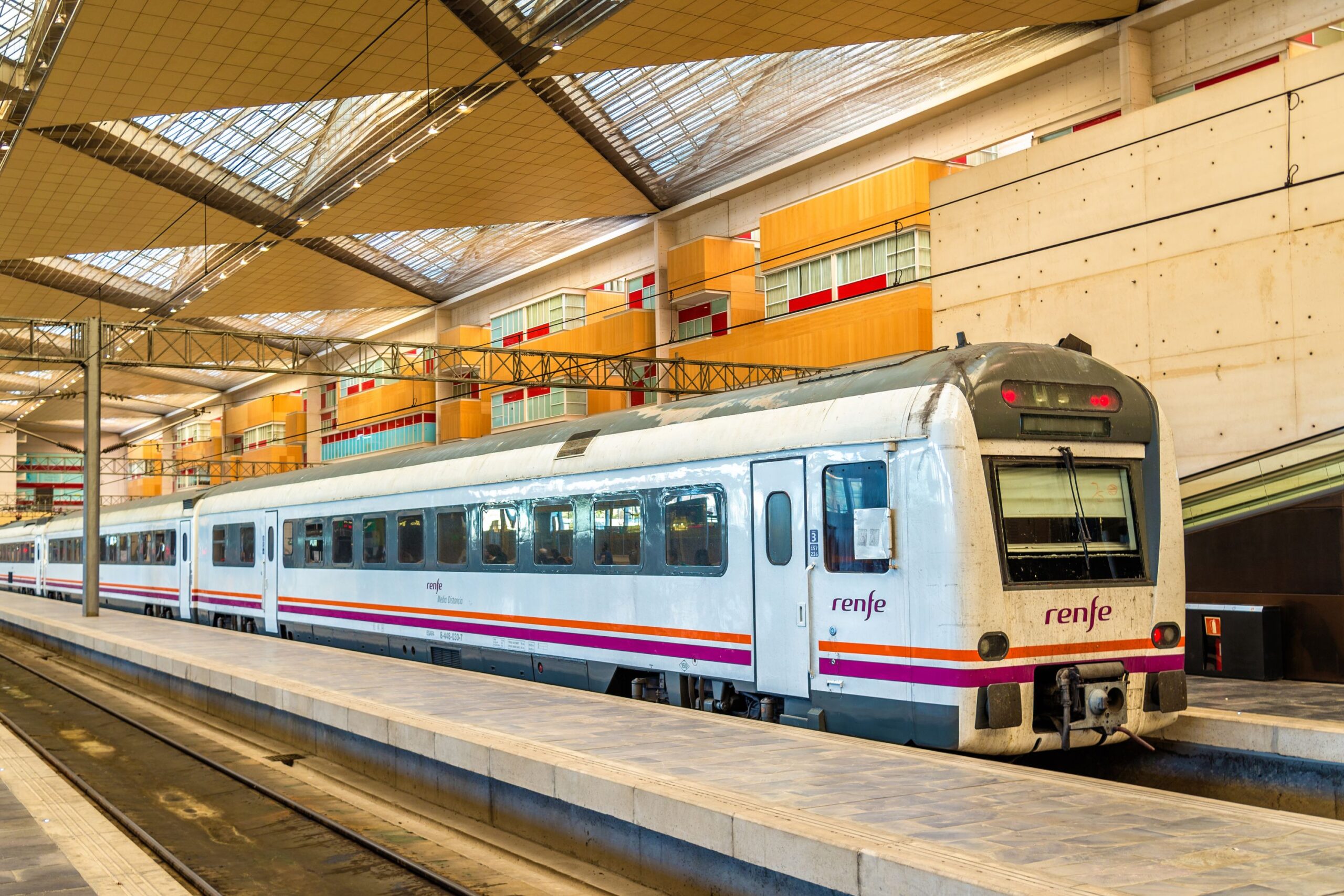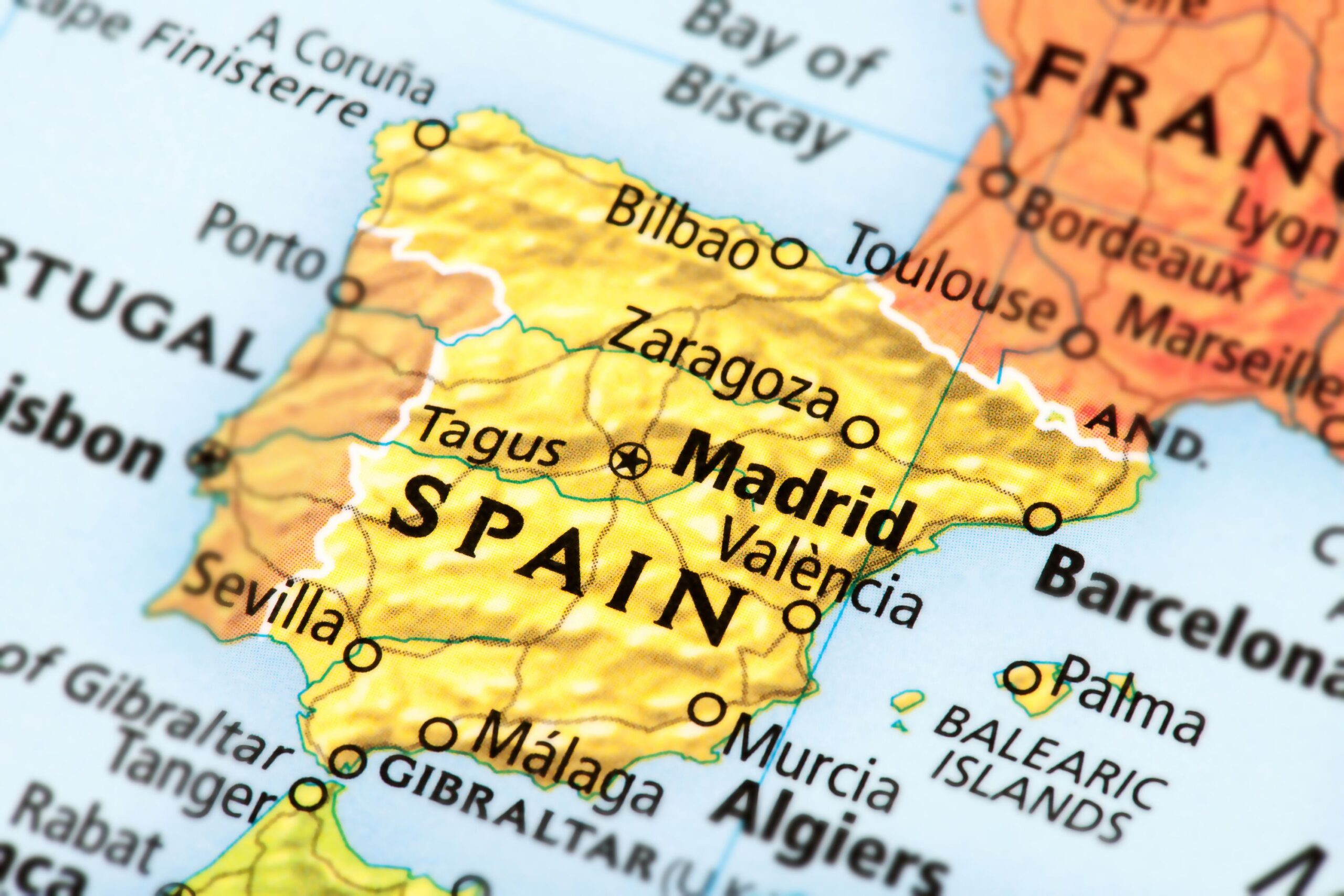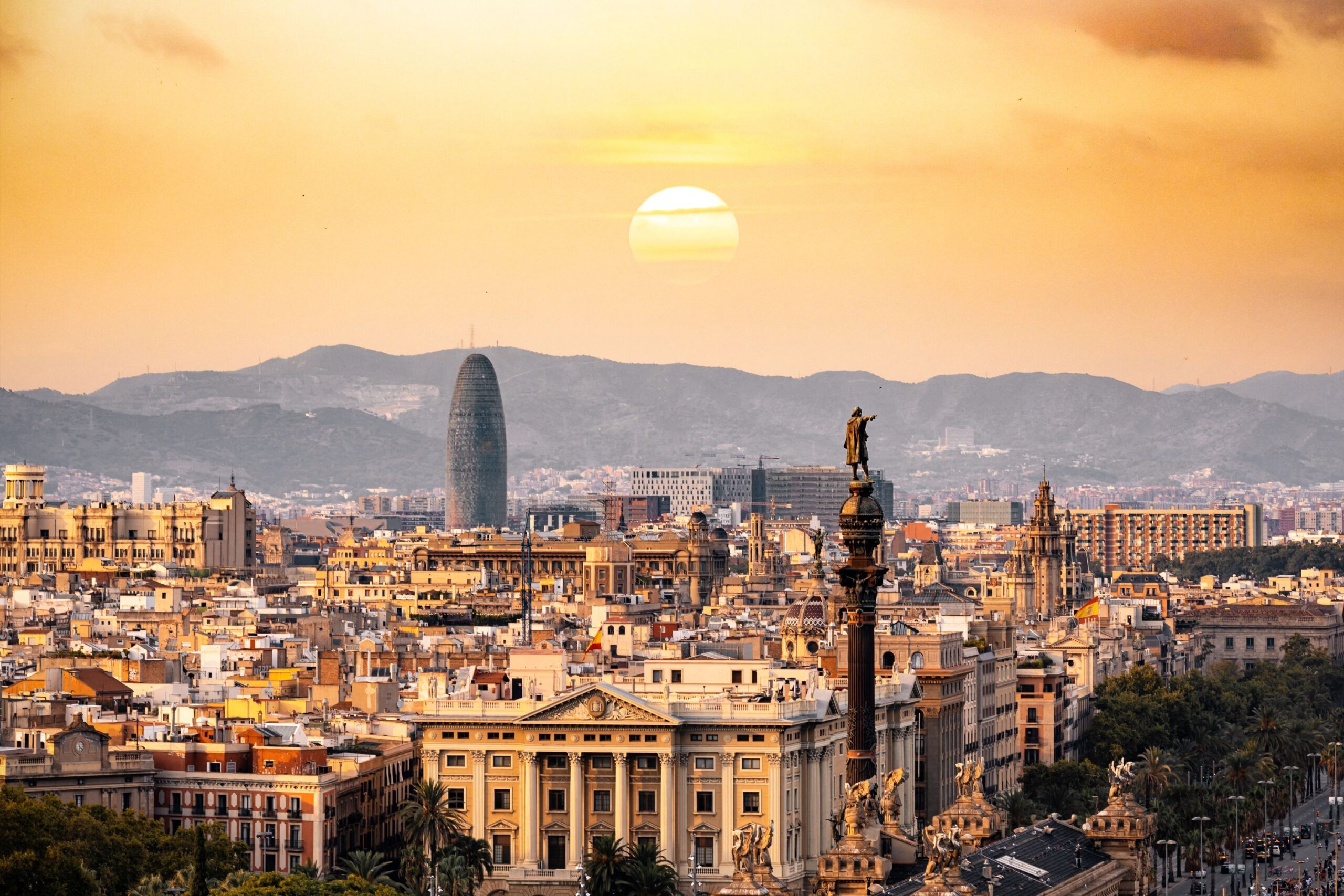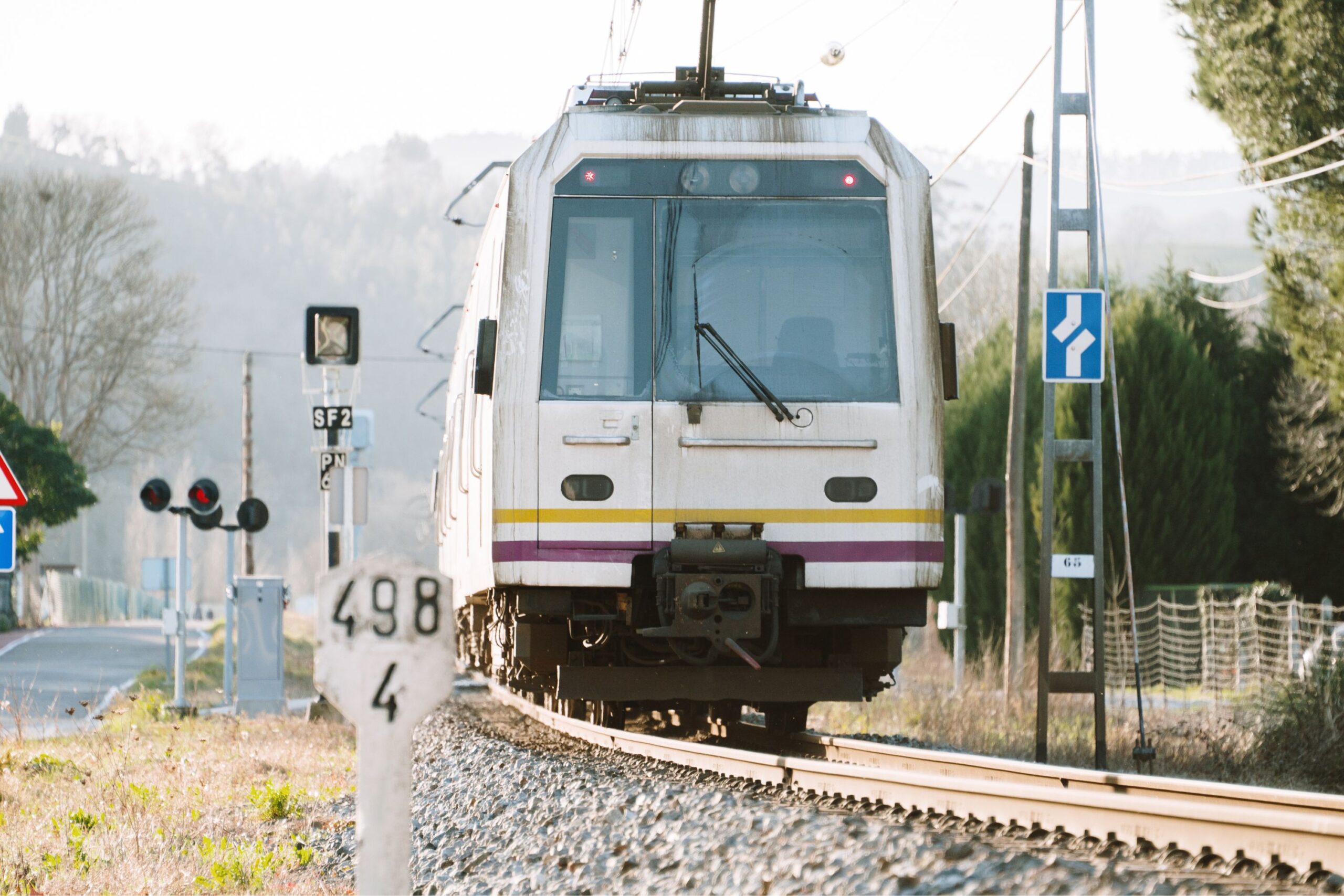Spain, a country renowned for its rich cultural heritage, stunning landscapes, and vibrant cities, boasts an extensive and efficient train network that connects its diverse regions. Whether you’re a tourist looking to explore the picturesque countryside or a local commuter navigating the urban sprawl, Spain’s train lines offer a convenient and enjoyable way to travel. In this comprehensive guide, we’ll delve into the train lines crisscrossing the Iberian Peninsula, uncovering their unique features, historical significance, and the destinations they serve. So, grab your ticket and hop on board as we embark on a journey through Spain’s fascinating railway system.
A Glimpse into Spain’s Railway Heritage
Before we delve into the specifics of Spain’s modern train lines, let’s take a moment to appreciate the historical significance of railways in this beautiful country. The advent of rail travel in Spain dates back to the 19th century when the country’s first railway, known as the Barcelona-Mataró line, was inaugurated in 1848. This marked the beginning of a transportation revolution that would go on to shape Spain’s landscape and economy.
Over the years, Spain’s rail network expanded rapidly, connecting cities, towns, and regions. It played a crucial role in the country’s industrialization and modernization, facilitating the movement of people and goods. Today, Spain boasts one of the most extensive high-speed rail networks in the world, with state-of-the-art trains racing across the country at speeds of up to 310 km/h (193 mph). The combination of tradition and innovation makes Spain’s railway system a fascinating subject to explore.
Spain’s Train Types: From Commuter Trains to High-Speed Marvels
Before we dive into the specific train lines, it’s essential to understand the various types of trains that ply the tracks in Spain. Here’s an overview of the most common train categories:
1. Cercanías (Commuter Trains):
- Purpose: Cercanías trains primarily serve urban and suburban areas, facilitating daily commuting for locals.
- Coverage: They connect major cities with their surrounding suburbs, making them an integral part of daily life in metropolitan regions like Madrid, Barcelona, and Valencia.
2. Media Distancia (Regional Trains):
- Purpose: Media Distancia trains connect cities and towns within a region, making them an excellent choice for short to medium-distance travel.
- Coverage: These trains are crucial for exploring the charming countryside, with routes often offering picturesque views of Spain’s landscapes.
3. AVE (Alta Velocidad Española – High-Speed Trains):
- Purpose: AVE trains are Spain’s pride and joy when it comes to rail travel. They are renowned for their high-speed capabilities, comfort, and efficiency.
- Coverage: AVE routes crisscross the country, connecting major cities like Madrid, Barcelona, Seville, and Valencia. They have revolutionized long-distance travel in Spain, reducing journey times significantly.
4. Talgo:
- Purpose: Talgo trains offer a comfortable and efficient means of traveling medium to long distances.
- Coverage: They connect various cities across Spain, often covering routes not served by high-speed trains.
5. Alvia:
- Purpose: Alvia trains are hybrid trains that combine high-speed and conventional rail services.
- Coverage: They bridge the gap between high-speed and regional rail travel, providing convenient connections to smaller towns and cities.
Now that we’ve covered the basics, let’s explore some of Spain’s most iconic train lines and the fascinating destinations they connect.
High-Speed Marvels: Spain’s AVE Network
Spain’s AVE network, known for its high-speed marvels, has transformed the way people travel across the country. These trains offer an exceptional blend of speed, comfort, and efficiency, making long-distance journeys a breeze. Here are some key AVE routes and the cities they connect:
1. Madrid to Barcelona (AVE Madrid-Barcelona):
- Distance: Approximately 621 kilometers (386 miles).
- Travel Time: Around 2 hours and 30 minutes.
- Highlights: This route connects Spain’s two largest cities, passing through stunning landscapes and offering a comfortable and quick journey.
2. Madrid to Seville (AVE Madrid-Sevilla):
- Distance: Approximately 536 kilometers (333 miles).
- Travel Time: Approximately 2 hours and 30 minutes.
- Highlights: Traveling through the heart of Andalusia, this route offers a glimpse into Spain’s rich history and vibrant culture.
3. Madrid to Valencia (AVE Madrid-Valencia):
- Distance: Approximately 391 kilometers (243 miles).
- Travel Time: Around 1 hour and 40 minutes.
- Highlights: This route takes you from the bustling capital to the beautiful Mediterranean coast, passing through picturesque towns and landscapes.
4. Barcelona to Seville (AVE Barcelona-Sevilla):
- Distance: Approximately 982 kilometers (610 miles).
- Travel Time: Approximately 5 hours.
- Highlights: This transcontinental route allows travelers to experience the diversity of Spain’s regions, from Catalonia to Andalusia.
5. Madrid to Malaga (AVE Madrid-Málaga):
- Distance: Approximately 539 kilometers (335 miles).
- Travel Time: Around 2 hours and 30 minutes.
- Highlights: Journey from the Spanish capital to the vibrant coastal city of Malaga, known for its sunny beaches and rich history.
These AVE routes are just a glimpse of Spain’s high-speed rail network. They offer not only efficient travel but also a chance to admire the country’s diverse landscapes and cultures.
Connecting the Regions: Media Distancia and Regional Trains
While the AVE network connects major cities, Spain’s regional and media distancia trains play a vital role in connecting smaller towns and picturesque regions. These trains offer a more leisurely pace, allowing travelers to savor the beauty of the Spanish countryside. Here are some notable routes:
1. Ruta de la Plata (Silver Route):
- Route: Sevilla to Gijón.
- Distance: Approximately 1,000 kilometers (621 miles).
- Highlights: This historic route follows the path of a Roman road and takes you through charming towns, including Mérida and Salamanca.
2. Ronda Express (Media Distancia Málaga-Ronda):
- Route: Málaga to Ronda.
- Distance: Approximately 100 kilometers (62 miles).
- Highlights: This scenic route offers breathtaking views of the Andalusian countryside and takes you to the stunning town of Ronda.
3. León to Ponferrada (Regional León-Ponferrada):
- Route: León to Ponferrada.
- Distance: Approximately 112 kilometers (70 miles).
- Highlights: Travel through the picturesque landscapes of Castilla y León, with the option to explore the historic town of Ponferrada.
Urban Commuting: Cercanías Trains
Cercanías trains are the lifeline of Spain’s major metropolitan areas, ensuring that residents and visitors can efficiently navigate the cities and their surroundings. Here are some key Cercanías networks:
1. Cercanías Madrid:
- Coverage: Serving the Madrid metropolitan area, this network comprises several lines that radiate from the city center, reaching towns and suburbs.
2. Cercanías Barcelona:
- Coverage: Barcelona’s Cercanías network provides connectivity within Catalonia, with lines extending to Tarragona and Girona.
3. Cercanías Valencia:
- Coverage: This network serves the Valencia metropolitan area, extending to nearby towns and coastal areas.
Unique Experiences: Specialty Trains
In addition to the standard train services, Spain offers a range of specialty trains that provide unique travel experiences. These include:
1. Transcantábrico Gran Lujo:
- Route: Santiago de Compostela to San Sebastián.
- Highlights: This luxury train takes you through northern Spain, offering gourmet dining, spacious cabins, and cultural excursions.
2. Tren de la Fresa (Strawberry Train):
- Route: Madrid to Aranjuez.
- Highlights: Enjoy a journey on a vintage steam train, complete with period costumes and a visit to the Royal Palace of Aranjuez.
Planning Your Spanish Rail Adventure
Now that you have a comprehensive overview of Spain’s train lines and their destinations, it’s time to plan your own rail adventure. Here are some tips to help you get started:
- Ticket Booking: You can book train tickets through the official website of Renfe, Spain’s national railway company, or at train stations. Booking in advance is advisable for popular routes, especially during peak travel seasons.
- Rail Passes: Consider purchasing a Spain Rail Pass if you plan to travel extensively by train. These passes offer flexibility and savings for tourists.
- Timetables and Schedules: Check train schedules and timetables in advance to ensure you have the most up-to-date information for your journey.
- Luggage: Familiarize yourself with the luggage policies of the train you’re taking. High-speed trains often have dedicated spaces for luggage.
- Language: While many train personnel in Spain speak English, learning a few basic Spanish phrases can be helpful, especially in rural areas.
- Scenic Routes: If you’re a fan of picturesque landscapes, consider taking regional trains through Spain’s countryside.
- Travel Insurance: It’s a good idea to have travel insurance that covers unexpected events or disruptions to your journey.
- Local Cuisine: Don’t forget to savor local cuisine at train station cafeterias or explore nearby restaurants during layovers.
Spain’s train lines offer a unique and convenient way to explore this diverse country. Whether you’re chasing high-speed thrills, exploring charming towns, or simply commuting within a city, the Spanish railway system is your ticket to an unforgettable journey.
Conclusion
Spain’s train lines are a testament to the country’s commitment to efficient and sustainable transportation. From the lightning-fast AVE trains connecting major cities to the scenic beauty of regional routes and the practicality of urban commuter trains, Spain’s railway system offers a range of travel experiences.
So, whether you’re admiring the grandeur of Madrid’s Atocha Station, gazing at the rugged landscapes of Andalusia from your train window, or savoring tapas at a station café, the Spanish rail network is more than just a mode of transportation; it’s a gateway to the heart and soul of Spain itself. So, pack your bags, grab your ticket, and embark on a memorable rail journey through the captivating landscapes and vibrant cultures of Spain.




